Common Garage Door Repair Issues and How to Fix Them
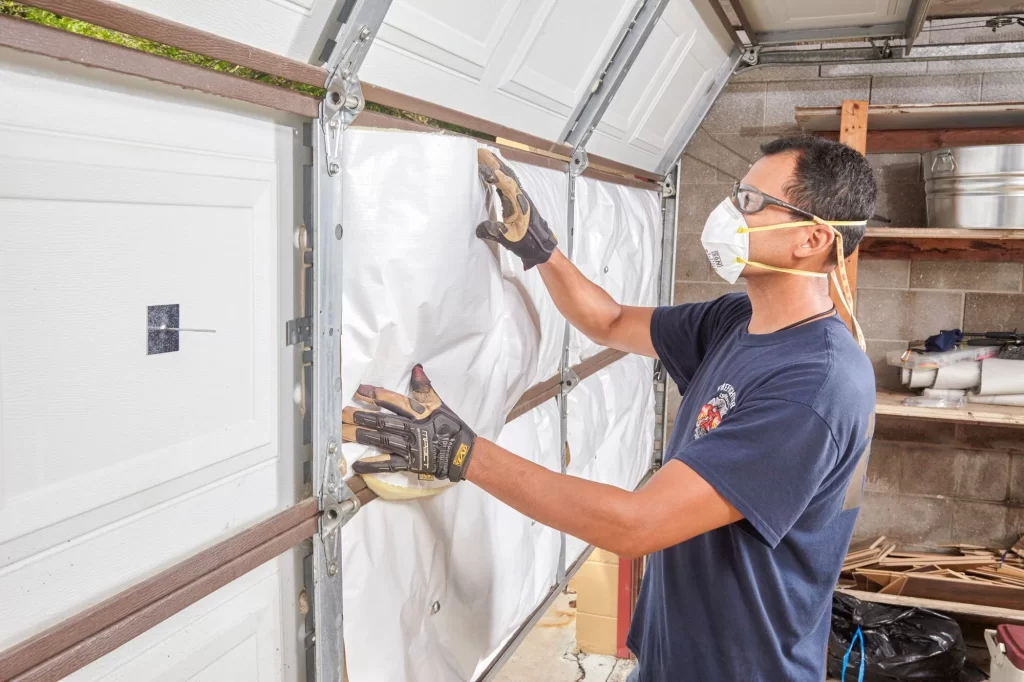
Because it opens and closes so often throughout the year, your garage door is likely one of your home’s most worn-out parts. With continued use, this heavy load can eventually give way, causing a host of problems that are both annoying and even deadly. With the help of this detailed guide, you will be able to fix your garage door like a pro by identifying and fixing the most common issues.
1. Noisy Operation

Something is definitely wrong with your garage door if it has begun to make loud, disturbing noises when it is in use. If your garage door opener, rollers, or hinges make screeching, grinding, or popping noises, it could be a sign of a problem.
How to Fix It:
- Lubricate moving parts: Lubricating your garage door components on a regular basis will greatly reduce noise and increase their lifespan. Oil the rollers, hinges, and other moving components of the garage door with a silicone spray or lubricant specifically designed for that purpose.
- Tighten hardware: If you hear rattling or other noises coming from your garage door, it may be time to tighten the hardware. Make sure all screws, nuts, and bolts are snug.
- Replace worn rollers: Wear and tear on rollers can cause a lot of noise, therefore it’s important to replace them when they become worn or broken.
2. Garage Door Opener Issues
When the garage door opener isn’t working properly, the door won’t open or close evenly, or it will open and close at random.
How to Fix It:
- Check the batteries: If the problem persists after you change the batteries in your garage door opener, try checking the batteries first.
- Reprogram the remote: Sometimes all it takes to get the remote control to work with the opener is a little reprogramming. For directions on how to accomplish this, refer to your handbook.
- Adjust the force settings: If you find that the garage door opener is shutting with too much or too little force, try adjusting the force settings. The standard method for doing this is to turn the opener motor’s force adjustment screw.
- Consider replacing the opener: It could be time to get a new, more dependable garage door opener if the one you have is quite old or has a lot of problems.
3. Stuck or Jammed Door
When you’re trying to get out of or into your garage quickly, the last thing you want is for the door to get caught or jammed. Several things, such as tracks that aren’t in the correct alignment, damaged cables, or track debris, can lead to this problem.
How to Fix It:
- Clear the tracks: Before you try to move the door, give the tracks a thorough inspection for any dirt, debris, or other obstacles. Get rid of anything that could be blocking the rails and give them a good cleaning.
- Realign the tracks: Carefully straighten the tracks if they are twisted or out of alignment, or think about getting new ones if they’re really broken.
- Replace broken cables: Immediately replace any snapped wires with new ones if your garage door’s lifting cables have snapped. Because the cables that operate the garage door are under such high tension, this is a task better left to experts.
4. Gaps or Uneven Operation

A more significant structural problem may be indicated if you find spaces between the garage door and the floor or frame, or if the door opens and closes unevenly.
How to Fix It:
- Adjust the opener’s travel limits: The maximum opening and closing distances are controlled by the travel restrictions of your garage door opener. If you’re experiencing gaps or uneven operation, try adjusting these limits.
- Check the alignment of the tracks: The door may bind or travel unevenly if the tracks are not properly aligned. Thoroughly evaluate the tracks and make any necessary configuration adjustments.
- Inspect the garage door panels: There may be gaps and uneven operation if the door panels are warped or broken. It may be necessary to fix or replace the panels in some instances.
5. Safety Sensor Issues
To avoid accidentally closing on people or things, modern garage door openers use safety sensors. In the event that these sensors are not operating correctly, the door may act strangely or not close correctly.
How to Fix It:
- Clean the sensors: Make sure the sensors are clean; dirt, dust, and other particles might prevent them from working properly. To clean the sensors, use a gentle cloth and make sure nothing is blocking their view.
- Realign the sensors: If the sensors aren’t pointing in the right direction, they won’t pick up obstacles as clearly. How to realign the sensors is detailed in your owner’s handbook.
- Replace faulty sensors: If the problem persists after you’ve cleaned and realigned the sensors, you might have to buy new ones.
FAQs
1. How often should I have my garage door serviced?
Having a professional service your garage door once a year is the standard recommendation. By doing this kind of maintenance regularly, you can catch problems early on and fix them before they escalate.
2. Can I repair my garage door myself, or should I hire a professional?
While do-it-yourselfers may be able to fix small problems around the house, it’s usually better to call in the pros when dealing with bigger problems. Fixing garage door parts that are under a lot of tension, such cables or torsion springs, is risky business.
3. How long does a typical garage door last?
Several factors, including material quality, use, and upkeep, affect how long a garage door lasts. A properly cared for garage door has a typical lifespan of fifteen to thirty years.
4. Is it worth repairing an old garage door, or should I just replace it?
It might be more economical to fix your garage door if it’s fresh and the problems are little. It can be more cost-effective to replace the door with a newer, more energy-efficient type if it is old and needs a lot of repairs.
You Can Also Read Here Home Maintenance: How to Care for Glass Patio Doors

 Transforming Your Home with Terrazzo Flooring: A Timeless Choice for Elegance and Durability
Transforming Your Home with Terrazzo Flooring: A Timeless Choice for Elegance and Durability  How to Identify When Your Roof Needs Cleaning: Signs to Look For
How to Identify When Your Roof Needs Cleaning: Signs to Look For  The Benefits of Home Insurance
The Benefits of Home Insurance 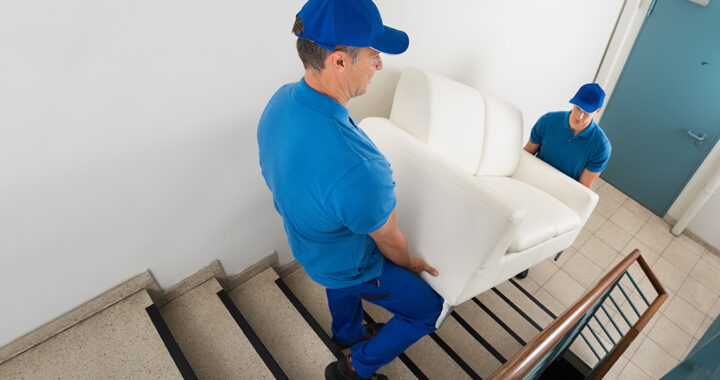 How to Move Furniture: A Step-by-Step Guide
How to Move Furniture: A Step-by-Step Guide 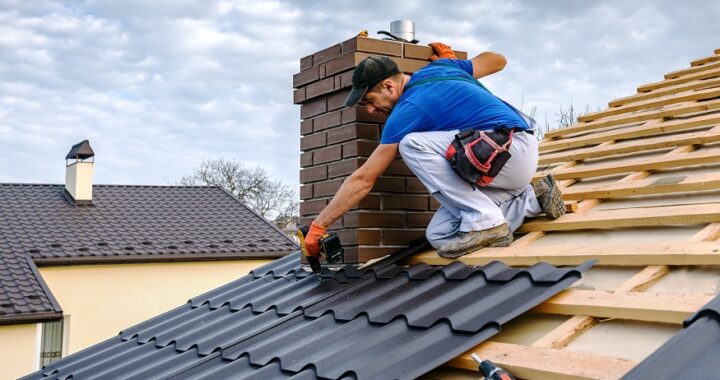 7 Tips For Hiring the Best Roofing Company For Your Business
7 Tips For Hiring the Best Roofing Company For Your Business 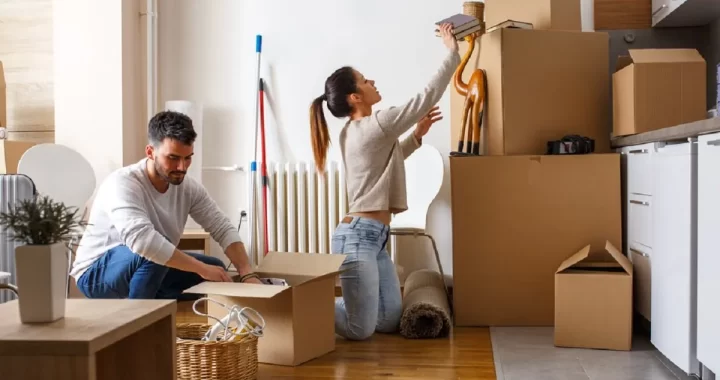 How to Buy a House Without Stress: A Comprehensive Guide
How to Buy a House Without Stress: A Comprehensive Guide 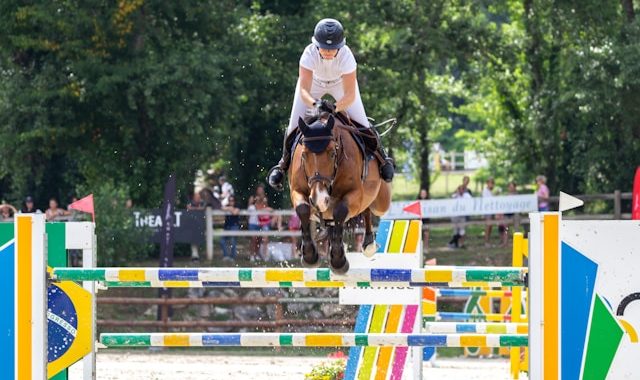 The Art and Importance of Designing Safe and Effective Horse Jump Standards
The Art and Importance of Designing Safe and Effective Horse Jump Standards  The Art of Compromise: Resolving Family Disputes Amicably
The Art of Compromise: Resolving Family Disputes Amicably  The Benefits and Challenges of Sustainable Roofing for Commercial Buildings
The Benefits and Challenges of Sustainable Roofing for Commercial Buildings